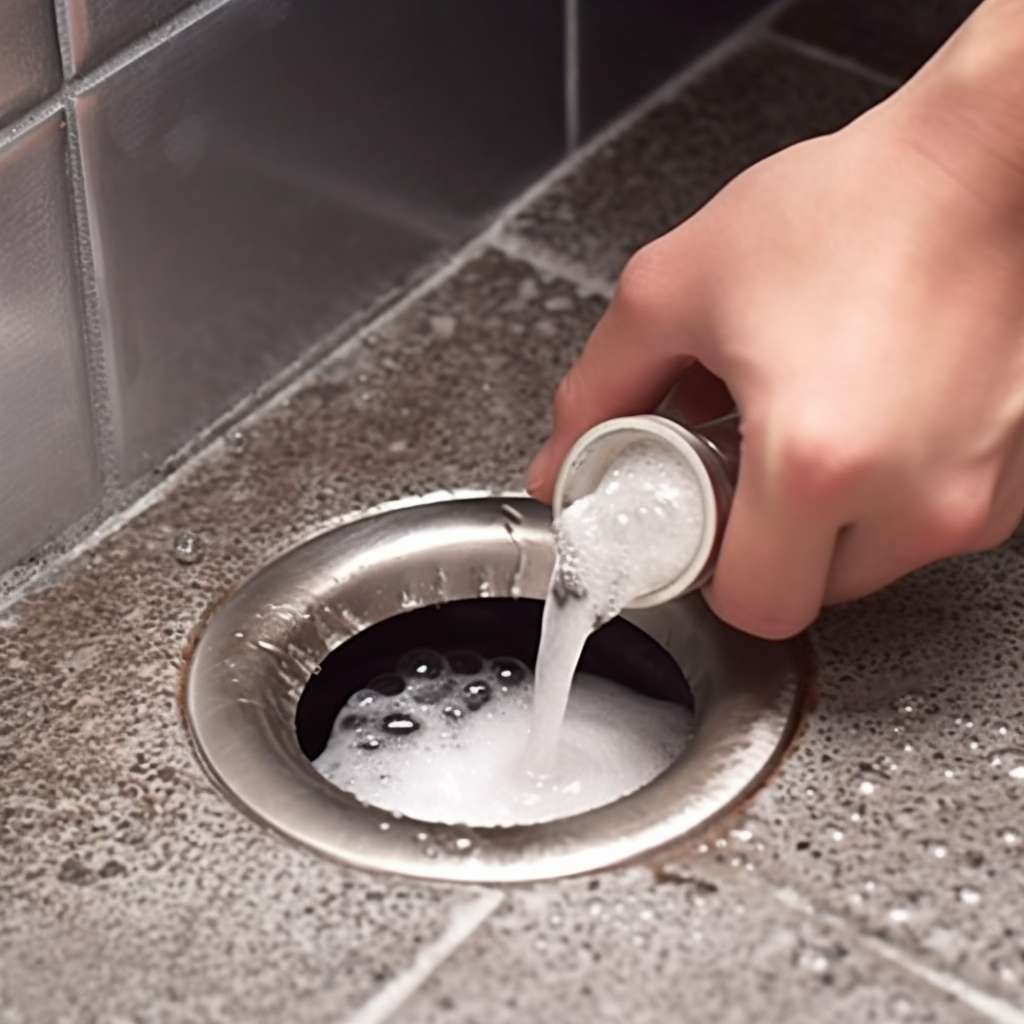Top 10 Ways to Get Rid of Cockroaches Naturally and Safely
Dealing with a cockroach infestation can be frustrating and unsettling. These resilient pests not only create unsanitary conditions but can also trigger allergies and asthma in some individuals. Fortunately, you don't need to rely on harsh chemicals to eliminate them from your home. Natural and safe cockroach control methods can be just as effective while protecting your family, pets, and the environment from potentially harmful substances.

Cockroaches are among the most resilient and adaptable pests on the planet, having survived for millions of years. When these unwanted visitors invade our homes, they bring concerns about hygiene, health, and comfort. While chemical pesticides are widely available, many homeowners prefer natural solutions that are safer for their families, pets, and the environment. This article explores ten effective, natural, and safe methods to eliminate cockroaches from your home.
Prevention First – Creating a Cockroach-Proof Home
The most effective way to deal with cockroaches is to prevent them from entering your home in the first place. Start by sealing all potential entry points, including cracks in walls, gaps around pipes, and spaces under doors. Use caulk, weather stripping, or door sweeps to close these openings. Keep your home, especially the kitchen and bathroom, meticulously clean. Wipe down counters after meal preparation, store food in airtight containers, and promptly clean up spills. Reducing clutter eliminates potential hiding spots, making your home less attractive to these pests.
Diatomaceous Earth – A Natural Cockroach Killer
Diatomaceous earth (DE) is a fine powder made from fossilized algae that acts as a powerful natural insecticide. Food-grade DE is safe for humans and pets but lethal to cockroaches. When cockroaches crawl over diatomaceous earth, it damages their exoskeleton and causes them to dehydrate and die. Sprinkle a thin layer of DE in areas where cockroaches travel, such as behind appliances, under sinks, and along baseboards. Reapply after cleaning or if the powder becomes damp, as moisture reduces its effectiveness.
Essential Oils That Repel Cockroaches
Several essential oils possess properties that cockroaches find repellent. Peppermint oil, tea tree oil, and eucalyptus oil are particularly effective. Create a natural repellent spray by mixing 10-15 drops of essential oil with water in a spray bottle. Apply this solution to entry points, baseboards, and areas where cockroaches are frequently spotted. Not only will this help repel cockroaches, but it will also leave your home smelling fresh. For best results, reapply the solution every few days, especially after cleaning surfaces.
Boric Acid – An Effective Natural Treatment
Boric acid is a naturally occurring compound that acts as both a stomach poison and an abrasive to cockroaches. When cockroaches walk through boric acid, it sticks to their legs and bodies. As they clean themselves, they ingest the powder, which disrupts their digestive systems. Apply a thin dusting of boric acid in areas where cockroaches travel, but keep it away from areas accessible to children and pets. For enhanced effectiveness, mix boric acid with sugar to attract the cockroaches to the treatment.
Natural Cockroach Traps and Baits
Create homemade traps using items you likely already have in your kitchen. A simple and effective trap involves placing a piece of bread soaked in beer at the bottom of a jar. Smear petroleum jelly around the inside rim of the jar to prevent cockroaches from escaping once they enter. Another option is to mix equal parts sugar and baking soda as bait. The sugar attracts the cockroaches, while the baking soda creates a lethal reaction in their digestive systems.
Coffee Grounds and Cucumber – Unexpected Deterrents
Some natural repellents might surprise you with their effectiveness. Used coffee grounds, when dried and placed in small containers near cockroach hotspots, emit a strong smell that repels these pests. Similarly, cucumber slices or peels can be strategically placed in problem areas. Cockroaches dislike the bitter compounds found in cucumbers, making this a simple yet effective deterrent. Replace these natural repellents regularly to maintain their potency.
Professional Natural Pest Control Options
For persistent or severe infestations, professional pest control services offering natural solutions might be necessary. Several companies now specialize in eco-friendly pest management that uses natural ingredients and integrated pest management techniques.
| Company | Natural Services Offered | Key Features | Cost Estimation |
|---|---|---|---|
| Eco Pest Solutions | Botanical insecticides, DE treatments | Child and pet safe formulations | $150-300 per treatment |
| Green Earth Pest Control | Essential oil-based treatments | Customized prevention plans | $200-350 per home |
| Natural Defenders | Boric acid treatments, exclusion services | 30-day guarantee | $175-275 initial treatment |
| OrganicPest | Plant-based sprays, natural baiting systems | Quarterly maintenance plans | $125-225 per visit |
Prices, rates, or cost estimates mentioned in this article are based on the latest available information but may change over time. Independent research is advised before making financial decisions.
Neem Oil – A Plant-Based Insecticide
Neem oil, derived from the seeds of the neem tree, is a powerful natural insecticide that disrupts the life cycle of cockroaches. Create a spray by mixing two teaspoons of neem oil with one cup of water and a few drops of dish soap to help the solution adhere to surfaces. Apply this mixture to areas where cockroaches are active. Neem oil not only kills adult cockroaches but also prevents eggs from hatching, making it effective for long-term control. Reapply every week until the infestation is eliminated.
Bay Leaves and Catnip – Natural Repellent Plants
Certain plants and herbs naturally repel cockroaches due to their strong scents or compounds. Bay leaves contain compounds that cockroaches find offensive. Place whole bay leaves in cabinets, under appliances, and in other areas where cockroaches might hide. Catnip contains nepetalactone, which studies have shown to be effective at repelling cockroaches. Grow catnip plants around your home or make a catnip tea to spray in problem areas. These plant-based solutions provide a pleasant aroma for humans while deterring unwanted pests.
Maintaining a Long-Term Cockroach-Free Home
Sustainable cockroach control requires consistent effort and maintenance. Establish a regular cleaning routine, focusing on areas where food crumbs and moisture accumulate. Fix leaky pipes promptly, as cockroaches are attracted to water sources. Regularly inspect and seal new potential entry points. Rotate between different natural control methods to prevent cockroaches from developing resistance. By combining prevention with targeted natural treatments, you can maintain a cockroach-free environment without resorting to harsh chemicals that might pose risks to your family’s health.
Cockroach infestations can be effectively managed using natural and safe methods. By implementing these ten strategies—from prevention and exclusion to natural repellents and baits—you can reclaim your home from these persistent pests. While severe infestations might require professional intervention, most household cockroach problems can be resolved with diligence and natural approaches. These solutions not only eliminate the immediate problem but also create a healthier living environment for you and your family.




